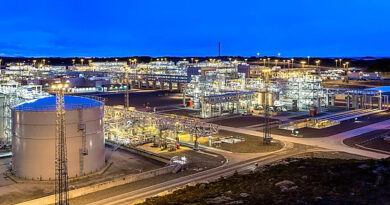Gold hits record high: Risks and rewards
Gold has been on a generally positive trend for the past few years. However, the onset of the global COVID-19 pandemic has made gold’s relevance as a hedge even more apparent and accelerated its price performance. Gold increased by 17% during the first half of 2020, moving up by an additional 10% in July.
The most recent price move has come fast which, combined with markedly weak consumer demand, may result in higher gold price volatility in the near term. However, analysts believe the COVID-19 pandemic may bring structural shifts to asset allocation and that that there are strong fundamental reasons supporting gold in longer term.
A new record high
Gold broke a new high on 28th July, reaching US$1,940.9/oz on the LBMA Gold Price PM (PM Price) and topping US$1,981.3/oz intra-day.This exceeded the previous record of US$1,895.0/oz set by the PM Price on 5th September 2011 and the US$1,921.2/oz intra-day high the following day during Asian trading hours.
Gold’s performance so far in 2020 has been remarkable. As of 28th July, it is up by 27%, significantly outpacing all major assets.
This move up has been driven by a combination of: 1) high uncertainty, 2) very low interest rates, and 3) positive price momentum – all of which are supportive of investment demand. But there are reasons to believe that we may still be early in the cycle.
The COVID-19 pandemic is far from over and, more importantly, its impact on the global economy is yet to be determined. There are indications that some countries like China, South Korea, Germany and other European nations have started to turn a corner. However, at a global level, early hopes of a fast recovery are all but gone. Instead, market participants are bracing for a bumpy ride and a longer road to recovery.
Central banks have aggressively cut interest rates, often in combination with quantitative easing and other non-traditional policy measures. Governments have also approved massive rescue packages to support their local economies. And much more may be needed.
These initiatives have increased concerns that easy money, rather than fundamentals, is fuelling the stock market rally and that all the extra money being pumped into the system may result in very high inflation or, at the very least, currency debasements.
To put things into perspective, the gold price more than doubled from approximately US$900/oz in early 2008 to its high more than three years later in the aftermath of the Global Financial Crisis. In contrast, it has increased by just under 30% since the beginning of the COVID-19 pandemic.
Additionally, adjusted for inflation, the gold price today is ~US$200 shy of the 2011 level and well below its 21st January 1980 record high equivalent to approximately US$2,800/oz in today’s money.
As gold prices will surge past $2,000/oz again, the question is ‘what to expect?” Along with the higher returns and new investment opportunities, higher gold prices may also result in greater risks of:
- Illegal mining operations
- Security issues
- Governments spiking royalties and tightening regulations
- Greater demand for transparency in terms of supply chain and operations
- New expectations from stakeholders and communities




